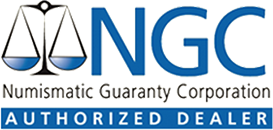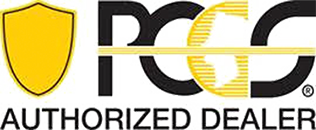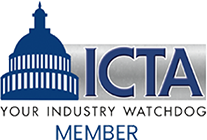
A gold ETF (Exchange-Traded Fund) is a financial product designed to track the price of gold. When you buy a share of a gold ETF, you’re essentially purchasing a paper representation of gold — not the physical metal itself.
Each ETF share represents a fractional interest in a trust that holds gold bullion on behalf of all shareholders. Major ETFs like GLD or IAU are managed by large financial institutions and are traded on stock exchanges just like regular equities.
Advantages of Gold ETFs
-
Liquidity: ETFs can be bought and sold instantly during market hours.
-
Accessibility: Available through most brokerage accounts with low minimums.
-
Simplicity: No need to arrange for shipping, storage, or insurance.
However, this convenience comes at a cost.
The Limitations and Risks of Gold ETFs
While ETFs may mirror the price of gold, they do not grant you direct ownership of any physical metal. This distinction has several implications:
1. Counterparty and Custodial Risk
When you own an ETF, you rely on multiple layers of financial institutions — fund managers, custodians, and banks — to manage, store, and report your holdings. If any link in that chain fails, your exposure to the physical metal could evaporate.
In essence, you own a promise, not the product itself.
2. No Tangible Access
ETF investors cannot take delivery of gold bars or coins. The metal held by the trust belongs to the fund — not to you. That means your “ownership” exists only as a digital entry, vulnerable to market closures, freezes, or liquidation policies.
3. Hidden Costs and Tracking Errors
Management fees, storage costs, and fund expenses gradually eat into your returns. Additionally, ETFs can experience tracking errors, meaning their price may not always perfectly match the spot price of gold.
Owning Physical Gold and Precious Metals
Tangible precious metals — such as gold coins, silver rounds, or bullion bars — offer something no ETF can: real ownership.
When you purchase physical gold, you hold an asset that exists outside the financial system. Whether it’s stored in your home safe, a private vault, or an IRS-approved depository for your Gold IRA, your metals remain fully allocated and individually owned.
Advantages of Physical Gold
-
True Ownership: You own the actual metal, not a digital representation.
-
No Counterparty Risk: Your wealth isn’t dependent on a fund manager or institution.
-
Inflation Hedge: Physical metals historically retain purchasing power as currencies devalue.
-
Privacy and Control: Transactions can be private, and your metals can be stored wherever you choose.
-
Legacy Value: Tangible assets can be passed directly to future generations.
ETFs vs. Physical Gold: A Side-by-Side Comparison
| Feature | Gold ETF | Physical Gold & Precious Metals |
|---|---|---|
| Ownership | Shares in a fund | You own the metal itself |
| Control | No physical access | Full possession and control |
| Risk | Counterparty & market risk | No counterparty; intrinsic value |
| Liquidity | High (during market hours) | High (via dealers or private sale) |
| Storage | Custodian-managed | Your choice: home or vault |
| Privacy | Reported & traceable | Can be private and off-grid |
| Long-Term Security | Dependent on financial system | Independent of it |
Why Real Gold Still Wins Over Paper Promises
The primary purpose of owning gold has never been speculation — it’s preservation. Investors buy gold to hedge against economic uncertainty, inflation, and systemic risk. But if your gold investment depends entirely on the same financial infrastructure you’re trying to protect yourself from, it defeats the purpose.
In times of crisis — from bank failures to currency devaluation — physical gold remains universally valuable. It can’t be printed, frozen, or erased by a server glitch. It’s an asset you can hold in your hand — a permanent store of wealth.
Integrating Precious Metals Into Your Portfolio
Most financial professionals recommend that 10–20% of a diversified portfolio include tangible precious metals. Whether through direct purchases or a self-directed Gold IRA, holding real gold and silver helps balance risk, hedge inflation, and protect your long-term savings.
At American Standard Gold, we help investors secure their portfolios with IRS-approved bullion and numismatic products — always allocated, insured, and backed by physical delivery.
Final Thoughts
A gold ETF gives you exposure to the price of gold.
Owning physical gold gives you ownership of wealth itself.
In an age of digital assets and financial uncertainty, holding something real, rare, and permanent isn’t just smart — it’s essential.
Secure Your Wealth with Real Precious Metals
📞 Call (your phone number) or visit www.AmericanStandardGold.com
to learn how to diversify your portfolio with physical gold and silver.











